
Friday night, the US, Britain, and France carried out a limited and focused series of missile strikes on facilities in Syria that are associated with the manufacture of chemical weapons. The US and its allies launched 105 missiles at a total of three targets, Barzah Research and Development, the Him Shinshar Chemical Weapons Storage Site and the Him Shinshar Bunker Facility.
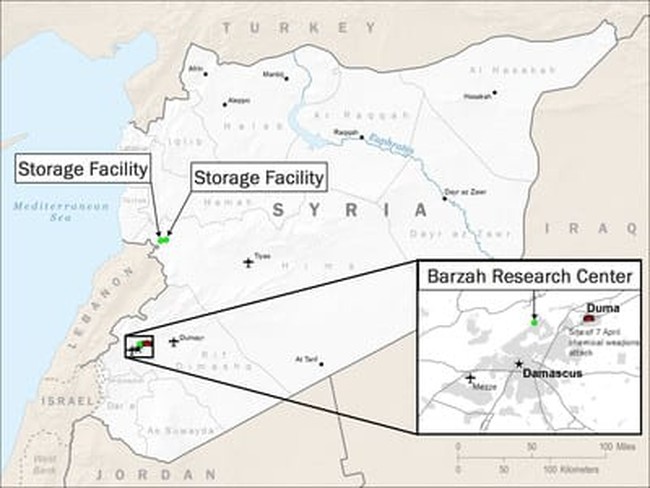
The attacks were successful. By all accounts, the targets were destroyed. Loss of innocent life seems to have been at least minimized and perhaps totally avoided. From this, I think there are four major takeaways.
Russia is not interested in a direct military conflict with the United States
Russia had options to make Friday’s attack more difficult. It could have moved to co-locate its units with high priority Syrian facilities, it could have participated in the air defense of Syria, or it could have directly challenged the allied presence in the Eastern Mediterranean. It elected to evacuate its aircraft and to move its ships out of port. It played no role in the air defense of Syria even though the target near Damascus is obviously within the Russian air defense umbrella.
This is really not that hard to understand. As I’ve said time and again, Russia has the GDP of New York state without the industrial base. Its equipment is more press release and sales pitch than capable. While Russia has the ability to make mischief, it doesn’t have the ability to directly challenge NATO or the EU or the US. Putin knows that and he also knows that any defeat of Russian arms has a cascading effect at home and abroad.
Putin knew that no response to the strike on Syria was better than a failed or ineffectual response. That’s why he did nothing.
We either can't as our new wonder weapons are actually shit or we're too scared to fight the US cos new our wonder weapons are shit. Or both.
— Darth Putin (@DarthPutinKGB) April 14, 2018
Fuck all, apparently. https://t.co/kjFPCb751M
— Darth Putin (@DarthPutinKGB) April 14, 2018
Pentagon: Asad's air defence efforts (military, cyber, etc) "was remarkably ineffective in all domains" pic.twitter.com/3qFaI9aIUu
— Kyle Orton (@KyleWOrton) April 14, 2018
US military power overmatches anything Syria or Russia has to offer
Friday night 105 missiles were launched. They all struck their target. The Russians didn’t bother to engage them. The Syrians fired about 40 SAM AFTER the allied missiles had struck. No allied aircraft or airmen were either injured or even put in jeopardy as the strikes were at stand-off. Not only can we destroy targets, we can do so with impunity, and we can do it so the first warning the Syrians, or Russians, have of the strike is when things start blowing up.
Pentagon: Neither Syrian nor Russian air defenses shot down any U.S. or allied missiles, Russians didn't even try. Assad regime fired 40 surface-to-air missiles into sky AFTER American/French/British missiles had already destroyed 3 targets
— Lucas Tomlinson (@LucasFoxNews) April 14, 2018
Pentagon: 76 missiles were launched at the Barzeh facility; 57 of them Tomahawks and 19 of them JASSM.
Assessment is that it was destroyed
"Not that we successfully destroyed three buildings in metropolitan Damascus, one of the most heavily-defended airspace areas in the world"
— Kyle Orton (@KyleWOrton) April 14, 2018
By the way, this highlights the hole in the propaganda coming from China and the China-is-so-freakin-powerful-we-can-do-nothing punditry. In theory, Russian surveillance and target acquisition systems had the ability to detect the incoming missiles (except JASSM and Storm Shadow) and engage them. In reality, they couldn’t. The same applies with China’s “carrier killer” hyper-sonic missiles. China does not have a target acquisition system that allows them to find US carriers to target.
As the old joke goes, in theory, they think they are sitting on a million bucks, in reality, they are living with a couple of hookers (NTAAWWT).
This is not a new policy towards Syria but it is an expansion of an old one
Earlier in the week, I wondered if this was a new Syrian policy. Where Trump knocked the Syrians about for using Sarin last year, his administration seemed inclined to go along with the Obama policy of allowing the Syrian regime use “barrel bombs” with chlorine gas. While it is obvious that chlorine is now a red line, and one that will be enforced, what didn’t change was the overall policy.
When I was following Twitter Friday night, the reports indicated that the strikes were hitting not only chemical targets, but targets that supported the Assad regime. There were reports of both Hezbollah and IRGC bases being targeted.
Already clear the U.S./coalition action has not held back – much of the #Assad regime’s most significant military bases in the southern half of #Syria have been hit, already.
Plus multiple SSRC research facilities (CW & missile-linked).
— Charles Lister (@Charles_Lister) April 14, 2018
Unconfirmed strikes reportedly being spotted against targets in #Qasyun Mountain (Home of Presidential Palace and other military units), as well as #DummarProjects #Damascus.
Unconfirmed strikes as of yet reported in #Misyaf, near #Latakia (suspected CW Production Lab)— Riam Dalati (@Dalatrm) April 14, 2018
That did not happen. So instead of an expansion of US actions to operations that change the balance of power, we seem to be holding steady where we are and acting to modify Assad’s and Russia’s behavior.
Whether this is a good strategy or not is arguable. What is not arguable is that our strategy in Syria is to minimize our footprint while trying to keep the savagery at a dull roar.
Secretary of Defense James Mattis is driving the train, not John Bolton
This was the undercurrent all week
Bolton and Mattis clash on Syria strikes. Discussions between the Pentagon leadership and President Trump’s National Security Council continue today over a possible military response to the alleged chemical weapons attack late last week in the formerly rebel-held Douma suburb of Damascus.
The quick take, according to Just Security’s Kate Brannen, citing two sources with knowledge of the talks: “There remains tension between what President Trump and National Security Adviser [John] Bolton want and what the Pentagon is advocating. Defense Secretary [James] Mattis and Chairman of the Joint Chiefs of Staff [Gen. Joseph] Dunford are concerned with managing escalation and preventing blowback on U.S. troops.”
If this story is true, and it certainly has the ring of truth about it, then when it came down to nut-cutting time, Trump deferred to the military professionals and went for a highly focused strike on chemical weapons facilities that minimized the risk to civilians or to Russians.
Will this difference of opinion mature into a working relationship based on mutual trust and respect? Or will it deteriorate into backstabbing and guerrilla warfare carried out by leaks to the NYT and WaPo? I can’t hazard a guess.
Did I say four?
I should add this one.
Twitter is very fast at producing data points. With not much effort you could see smartphone video of inbound missiles and of explosions. You could read accounts from locals (thanks to Google translate). What Twitter does not do is produce information. In retrospect, there was misinformation, obvious disinformation, and just plain old dumbfu**ery. It gives a hint at what MIGHT be happening, but caveat freakin emptor, baby.
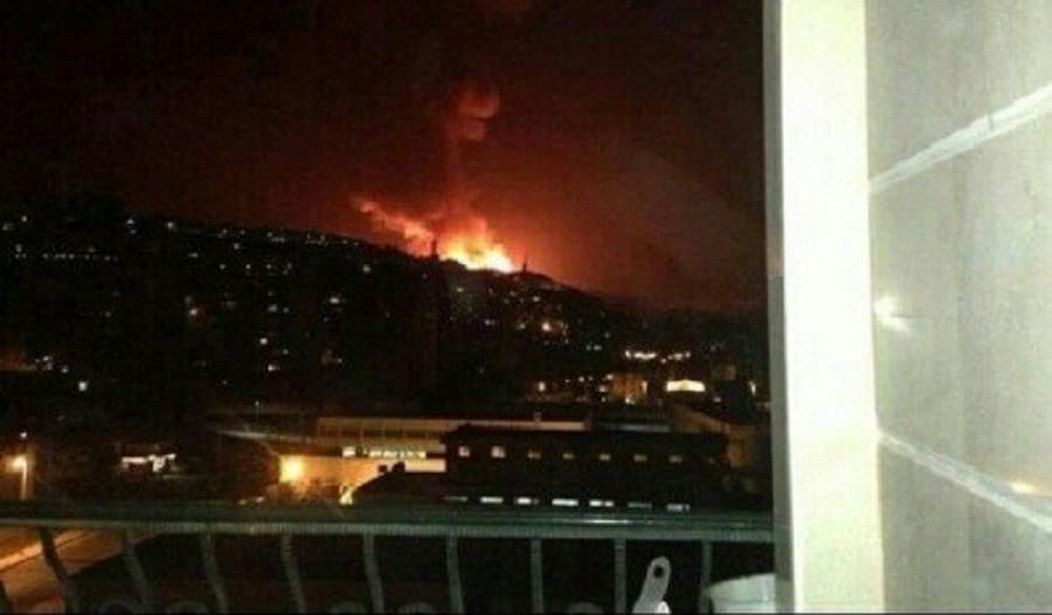
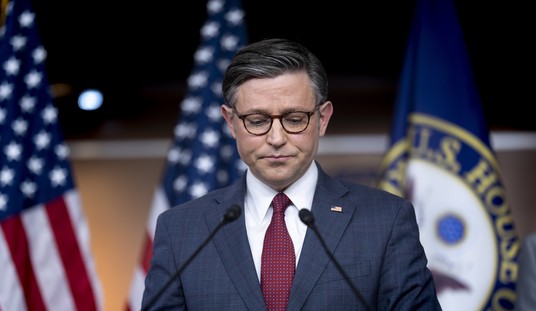

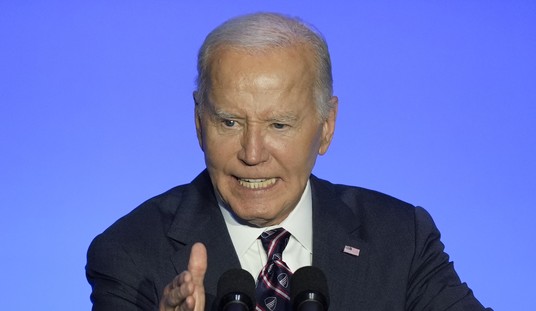



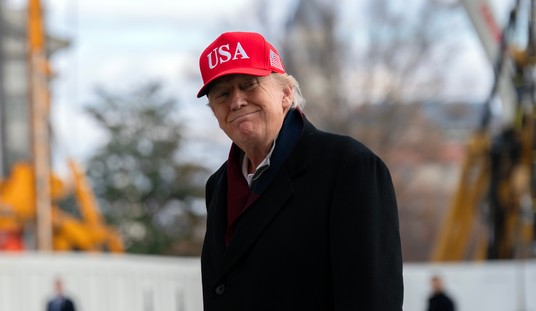


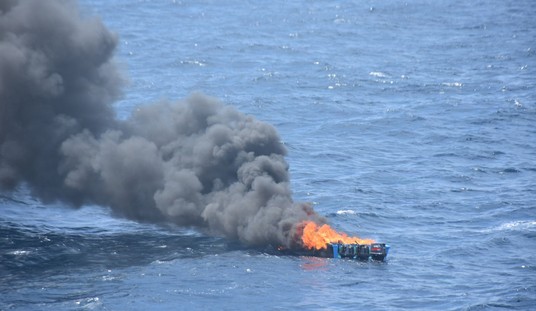

Join the conversation as a VIP Member